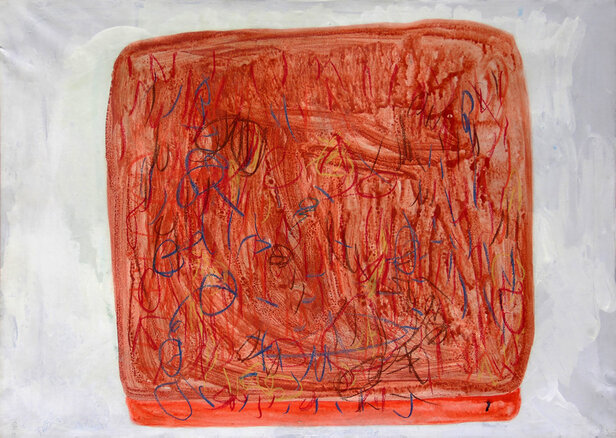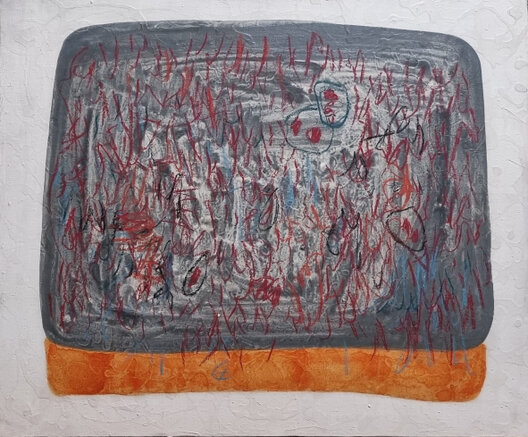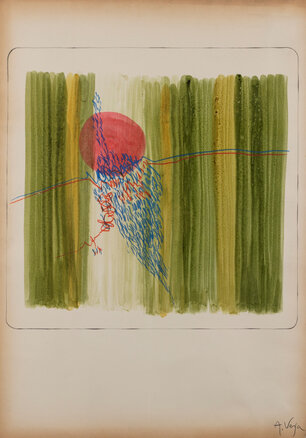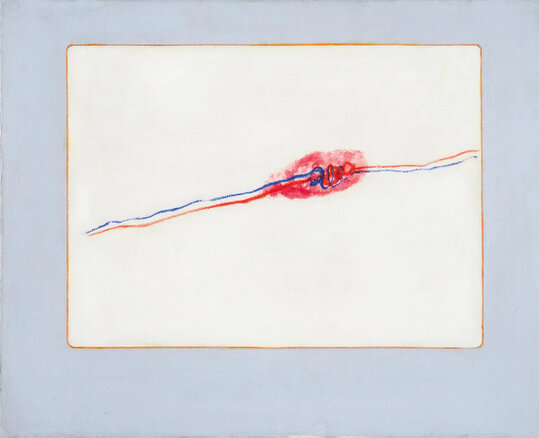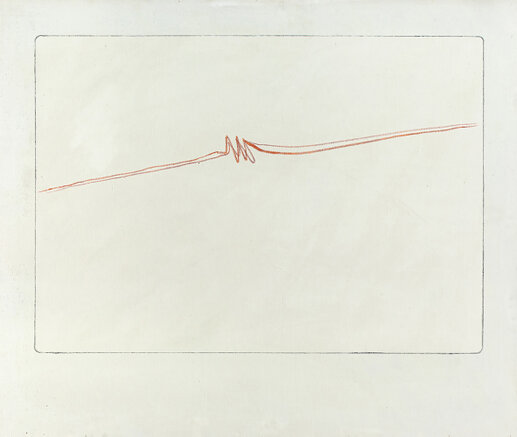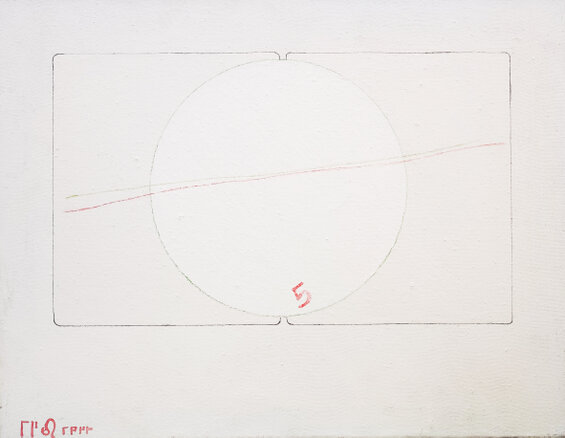ANGELO VERGA
Angelo Verga (Milan 1933–1999) started his artistic journey at a young age, studying in Milanese artists' studios before attending evening classes at the Brera Academy, where he was mentored by Aldo Salvadori and Marino Marini. He also worked for a time in Roberto Crippa’s studio. His travels to Paris exposed him to influential figures like Breton, Tzara, and Fara. Verga then joined the Gruppo Nucleare, founded by Enrico Baj and Sergio D’Angelo, forming a lasting friendship with Ettore Sordini, with whom he, along with Piero Manzoni, signed several manifestos. In May 1957, Lucio Fontana introduced Verga in a group exhibition at Galleria Pater (alongside Manzoni and Sordini), where Giorgio Kaisserlian praised his work, noting its "compositional structure that reveals an expressive certainty born of persistent work." In 1962, Verga became part of the Cenobio group alongside Agostino Ferrari, Ugo La Pietra, Ettore Sordini, and Arturo Vermi. During this period, his style evolved into dynamic compositions where the sign became a pulsating presence, constantly changing. His works at this stage featured delicate lines and subtle forms, with the sign moving through space in a way that made the space itself almost tangible through color. Gradually, Verga’s expressive, gestural style settled into a language of extreme simplicity. As art critic Nello Ponente observed, this simplicity contrasted with “a vibrancy and richness in the relationships between sign and sign, between sign and color, and between form and color." His compositions became more open, with clean surfaces, often white or lightly painted, broken up by a strikingly emotional mark. These marks, which moved from left to right, almost always ascending slightly, were, as Verga described, a direct translation of a fleeting, emotionally charged moment. By 1967, Verga turned his attention to geometric forms such as squares, triangles, and circles. His exploration of rhythm and space now reached its most simplified form, with white and even achromatic tones taking center stage. This pursuit of purity did not eliminate the potential for unpredictability in his work, still offering a sense of new poetry through clear, subtle accents. As he put it, "White is part of Verga’s exaltation—both lucid and contemplative, a calm that tends to quiet the senses. Large overlapping geometric figures create a sense of stillness, of silence. The vibration comes from the light, which passes in tiny increments from one limit to the next." Verga's renewed focus on the trends of the 1960s secured his place in numerous exhibitions, such as Linee della ricerca artistica in Italia, 1960-1980 at the Palazzo delle Esposizioni in Rome (1981), Il segno della pittura e della scultura at the Palazzo della Permanente in Milan (1983), Pittura-Scrittura-Pittura (curated by Filiberto Menna) in Erice, Rome, and Suzzara (1987), Nel segno del segno, Dopo L'Informale (curated by Luciano Caramel) at Palazzo delle Stelline, Milan (2013), 1963. Nuovi segni, nuove forme e nuove immagini (curated by Francesco Tedeschi) at the Gallerie d’Italia, Milan (2013), Nati nei ’30. Milano e la generazione di Piero Manzoni (curated by Elena Pontiggia and Cristina Casero) at Palazzo della Permanente, Milan (2014), Angelo Verga. Occhi chiusi mente aperta at Galleria Ca' di Fra', Milan (2017), Italia Moderna 1945-1975 (curated by Marco Meneguzzo) at Palazzo Buontalenti, Pistoia Museums, Pistoia (2019), and Gruppo del Cenobio. Fontana, Manzoni and the Avant-Garde at Brun Fine Art, London (2019).
+ 01 PIRINJO, early '60, mixed technique on canvas paper, cm 49.5x70
+ 02 SERINO, 1962, mixed technique on paper, cm 50x60
+ 03 SENZA TITOLO, 1965, mixed technique on paper, cm 70x50
+ 04 SENZA TITOLO, 1965 ca., mixed technique on paper, cm 70x50
+ 05 13/V, 1965, oil and pastels on canvas, cm 40x50
+ 06 SENZA TITOLO, 1967, mixed technique on canvas, cm 85x100
+ 07 SENZA TITOLO, 1967-82,mixed technique on canvas, cm 35x45


